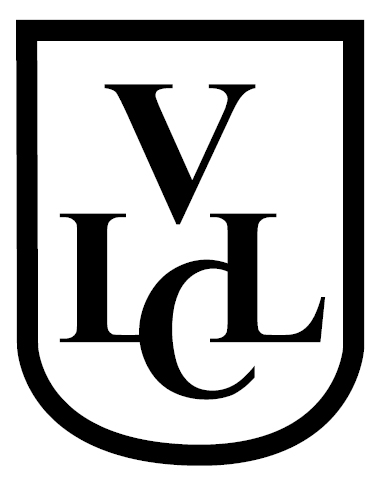How did humans first think chugging a spiced and spiked egg-yolk-and-milk mixture was a good idea? It’s a bit like Gaston from Beauty and the Beast: “Now that I’m grown, I eat five dozen eggs, so I’m roughly the size of a barge!” Yet despite its “love it or hate it” fame, eggnog has charmed drinkers for nearly a millennium. While culinary historians debate its exact lineage, most agree eggnog originated from the early medieval Britain “posset,” a hot, milky, ale-like drink. By the 13thcentury, monks were known to drink a posset with eggs and figs. Milk, eggs, and sherry were foods of the wealthy, so eggnog was often used in toasts to prosperity and good health.
Eggnog became tied to the holidays when the drink hopped the pond in the 1700s.
American colonies were full of farms—and chickens and cows—and cheaper rum, a soon-signature ingredient. Mexico adopted the very eggnog varietal “rompope,” and Puerto Rico enjoys the “coquito,” which adds coconut milk. The English name’s etymology however remains a mystery. Some say “nog” comes from “noggin,” meaning a wooden cup, or “grog,” a strong beer. By the late 18th century, the combined term “eggnog” stuck.
Eggnog purists argue that those who don’t like the Yuletide drink have simply never tasted the real thing. Sugar-laced supermarket versions can’t hold a candle to the homemade goodness, especially since the US Food and Drug Administration permits that the drink can be made from as little as 1% egg yolk. That often borders on “milknog” or egg flavoring.
George Washington even penned his own famous heavy-on-the-alcohol eggnog recipe. Only one problem: he forgot to record the exact number of eggs.
Here's a very old recipe of Egg Nog that can be consumed responsibly!
3.5 cups of cream
3.5 cups of milk, 1 cup of sugar, one pint brandy, 1/2 pint rye whiskey, 1/2 pint Jamaica rum, 1/4 pint sherry—mix liquor first, then separate yolks and whites of eggs, add sugar to beaten yolks, mix well. Add milk and cream, slowly beating. Beat whites of eggs until stiff and fold slowly into mixture. Let set in cool place for several days. Taste frequently.
So as you enjoy your holiday cheer, please drink responsibly. Not just for the alcohol, but also for the calories: eggnog can pack in upwards of 400 big ones per cup.

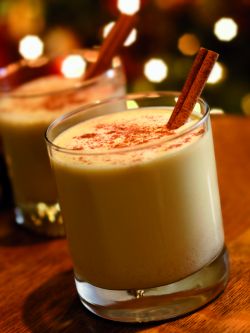
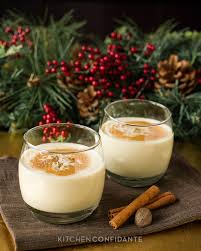
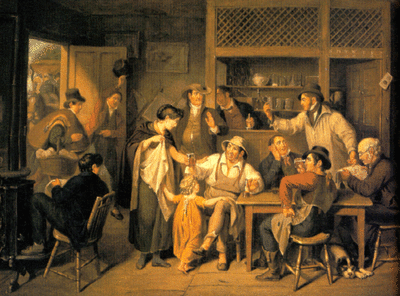
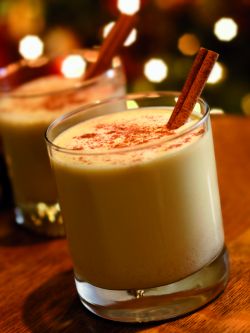
 RSS Feed
RSS Feed
